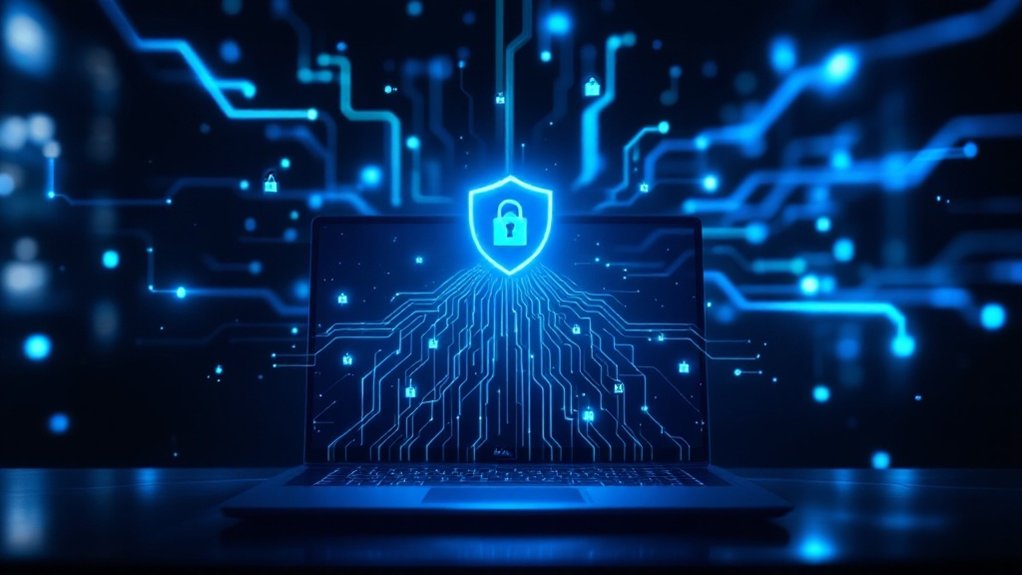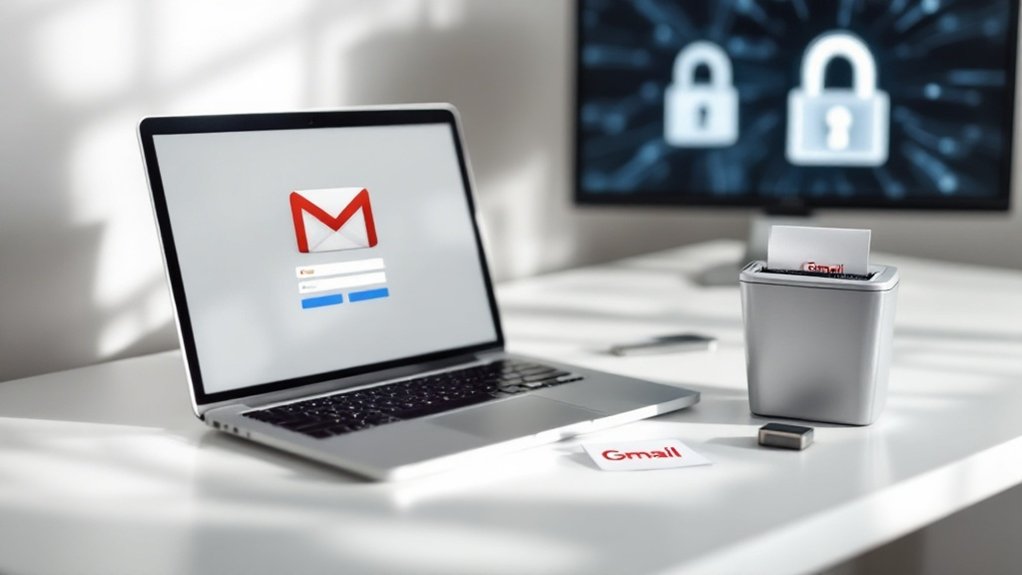Starlink demonstrates strong cybersecurity reliability through multiple advanced protection layers, including end-to-end encryption, Zero-Trust Networking, and continuous threat monitoring. The system employs Transport Layer Security protocols, multi-factor authentication, and regular software updates to address vulnerabilities. Whereas concerns exist regarding ground station security and potential encryption weaknesses, Starlink’s bug bounty program offers up to $25,000 for vulnerability reports. Maritime organizations face unique challenges that require additional security considerations to maximize the system’s protective capabilities.

As Starlink continues to transform satellite internet connectivity, cybersecurity experts are closely examining its strong security architecture and potential vulnerabilities for users requiring improved protection. The system implements thorough security measures, including end-to-end encryption, Zero-Trust Networking technology, and Transport Layer Security protocols, during secure user management through multi-factor authentication and continuous monitoring. With unlimited data plans, Starlink enables users to maintain consistent security monitoring without bandwidth restrictions.
Despite these strong protections, security analysts have identified several potential vulnerabilities within the Starlink infrastructure. Operating at 550 km altitude, approximately 3,500 Starlink satellites form a complex network that requires constant security oversight. Ground stations remain the system’s most vulnerable component, whereas encryption algorithm weaknesses and unauthorized access through user terminals present ongoing challenges. Similar to ad blocking strategies used in social media platforms, users can implement specific security measures to protect against unwanted intrusions. The system’s susceptibility to physical threats, including space debris, adds another layer of complexity to security considerations.
Physical vulnerabilities and encryption weaknesses in Starlink’s ground stations pose significant security challenges despite robust protective measures.
Starlink addresses these concerns through multiple defensive layers, including a secure boot mechanism to prevent unauthorized firmware modifications and regular software updates to patch vulnerabilities. The implementation of unique device identity management and least privilege principles helps constrain the effects of potential breaches, whereas proactive vulnerability detection particularly targets maritime IT/OT environments.
The company’s commitment to security is further demonstrated through its bug bounty program, offering rewards up to $25,000 for identifying vulnerabilities. This initiative has helped reinforce the platform’s security posture while building trust among users. For government and sensitive applications, Starlink has developed “Starshield,” a specialized version featuring improved cryptographic capabilities and the ability to host classified payloads.
Security professionals stress that users must implement multi-layered cyber protection beyond traditional firewalls when utilizing Starlink services. This includes thorough asset mapping, inventory management, and real-time protection against suspicious network changes.
The increased attack surface because of higher bandwidth capabilities and the potential for zero-day exploits necessitates regular security audits and user education. Maritime organizations, in particular, must address the unique challenges of protecting specialized equipment while maintaining strong cybersecurity protocols across their operations.
Frequently Asked Questions
Can Starlink Satellites Be Hacked to Spy on Users?
Research indicates that Starlink satellites are vulnerable to hacking through various methods, including signal interception and hardware exploitation.
A 2022 demonstration by Belgian security researchers revealed that a $25 device could bypass SpaceX’s security measures through voltage fault injection, potentially enabling unauthorized access to user data.
As SpaceX implements encryption protocols, the uncovered hardware vulnerabilities remain largely unfixable, presenting ongoing surveillance risks for users.
Does Starlink Work During Severe Weather Conditions and Storms?
Starlink maintains functionality during most weather conditions but experiences performance impacts during severe storms.
The system’s built-in features help mitigate weather-related disruptions, with dishes capable of melting up to 3 inches of snow per hour on high-performance models.
As heavy rain can cause signal degradation and momentary dropouts, the network automatically routes traffic around storm systems.
Service typically resumes normal operation once severe weather passes.
What Backup Options Exist if Starlink Service Suddenly Fails?
Several reliable backup options exist for Starlink service interruptions.
The Peplink B One 5G router provides automatic cellular failover with seamless changes, whereas Starlink’s own backup plans offer data options ranging from 5GB to 50GB monthly.
Alternative solutions include LTE modems with Ethernet output, Ubiquiti Dream Machine Pro configurations, and local ISP services.
Most implementations require minimal hardware modification and offer ping-based health monitoring for immediate switchover capability.
How Does Starlink Handle DDOS Attacks Compared to Traditional ISPS?
Starlink employs a multi-layered DDOS defense strategy that utilizes its distributed satellite network architecture, making it inherently resistant to traditional attack vectors.
As conventional ISPs rely primarily on traffic filtering and hardware appliances, Starlink’s LEO constellation provides natural redundancy against concentrated attacks. The system’s continuous monitoring, encryption protocols, and rapid update capabilities allow swift responses to emerging threats, though detailed performance metrics remain limited because of proprietary considerations.
Can Government Agencies Monitor or Restrict Starlink Connections?
Government agencies face significant technical challenges in monitoring Starlink connections as a result of built-in encryption protocols and decentralized architecture.
Although targeted surveillance remains possible through legal channels with proper warrants, mass surveillance is limited by end-to-end encryption.
Governments can attempt service restrictions through regulatory pressure, licensing requirements, or signal jamming, but these measures are often complex to implement and may be circumvented through VPNs or Starlink’s rapid deployment capabilities.









